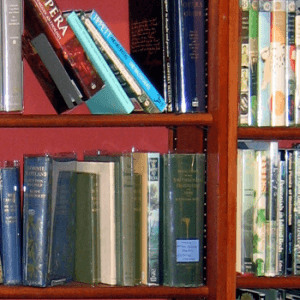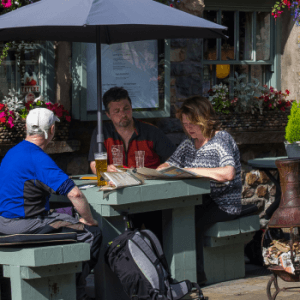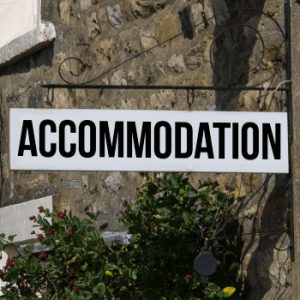
Farfield Mill is art craft & heritage gallery set on the edge of the Yorkshire Dales. Housed in a former Victorian Woollen Mill, our beautiful gallery spaces, artists’ studios, power looms and handlooms are set over four floors, displaying, and selling a range of contemporary craft, art, and jewellery, handcrafted, and designed here in the Mill and surround area.
The Tea Room at Farfield
Our Tea Room is next to the river with outdoor seating area with shelter if the weather is not fair. We served delicious homemade light lunches and fabulous cakes.
Craft Galley and Mill Shop
Our Craft Gallery stocks a wide range of handcrafted items from local and regional artists and makers. It is a perfect place to find unique gifts and original pieces. The Mill shop stocks quirky and interesting things to treat our self or others. handcrafted jewellery, leather items, metal work, wood turning, ceramics, glassware, and a range of textiles.
Exhibitions at Farfield Mill
All our exhibition spaces show a changing programme of exhibitions. Being an old textile mill many of these exhibitions focus on textile art, but we also exhibit
local and regional artists including work from our own Farfield Resident Artists.
Industrial Heritage
The preservation of Farfield Mill has given the opportunity to present its history from its origin in 1836 to the present day.
Our heritage display tells the story of some of the workers at the Mill, shows examples of the processes involved in producing woollen cloth and the social history associated with the Mill. Included within our exhibition is a 300-year-old Witney blanket loom.
Our Dobcross loom was built in 1936 by Hutchinson & Hollingworth of Diggle, Saddleworth, Yorkshire who were one of the makers of the Dobcross loom between 1861-1970. This lovely old loom still produces fabric for commissions and our throws.
History of the Mill
The first mill at Farfield was built in 1837, the year Queen Victoria came to the throne, by Joseph Dover. Joseph was originally a merchant from Keswick, but for many years he worked as manager of Hebblethwaite Mill in the valley of the Rawthey. This was one of five mills that ran in Sedbergh during the 19th century. His ambition in life was to own his own mill. In 1836 he bought 9 acres of land for £490 on a bend of the River Clough and the town’s labourers suddenly found there was work aplenty, carting stone from a local quarry, building a dam and constructing a huge wooden waterwheel.
Two years later he died, but his two sons James and John carried on the business which stayed in the family for 100 years. The family eventually owned a great deal of land, building themselves two pleasant houses close to the factory. Farmland was paid for in fleeces which were delivered straight to the mill. Although spinning and weaving was done in the factory, for a long time the cottage industry carried on. Handloom woven goods made in the farmers’ back parlour, using Farfield wool, continued into the 20th century. Wool spun at Farfield went out to knitters from Dent to Howgill.
Studio Artists.
Farfield Mil provides affordable studios for artists and makers. There are 18 Studios at the Mill which are home to a community of artists and makers who live in the local area. Their work ranges from contemporary craft of weaving, knitting, quilting and rag rugging to fine art. They are happy to chat to visitors when they are in their workshops, and you can see how they create their work.
Click here for a description of a beautiful walk to Farfield Mill along the river Rawthey
For more information visit www.farfieldmill.org














